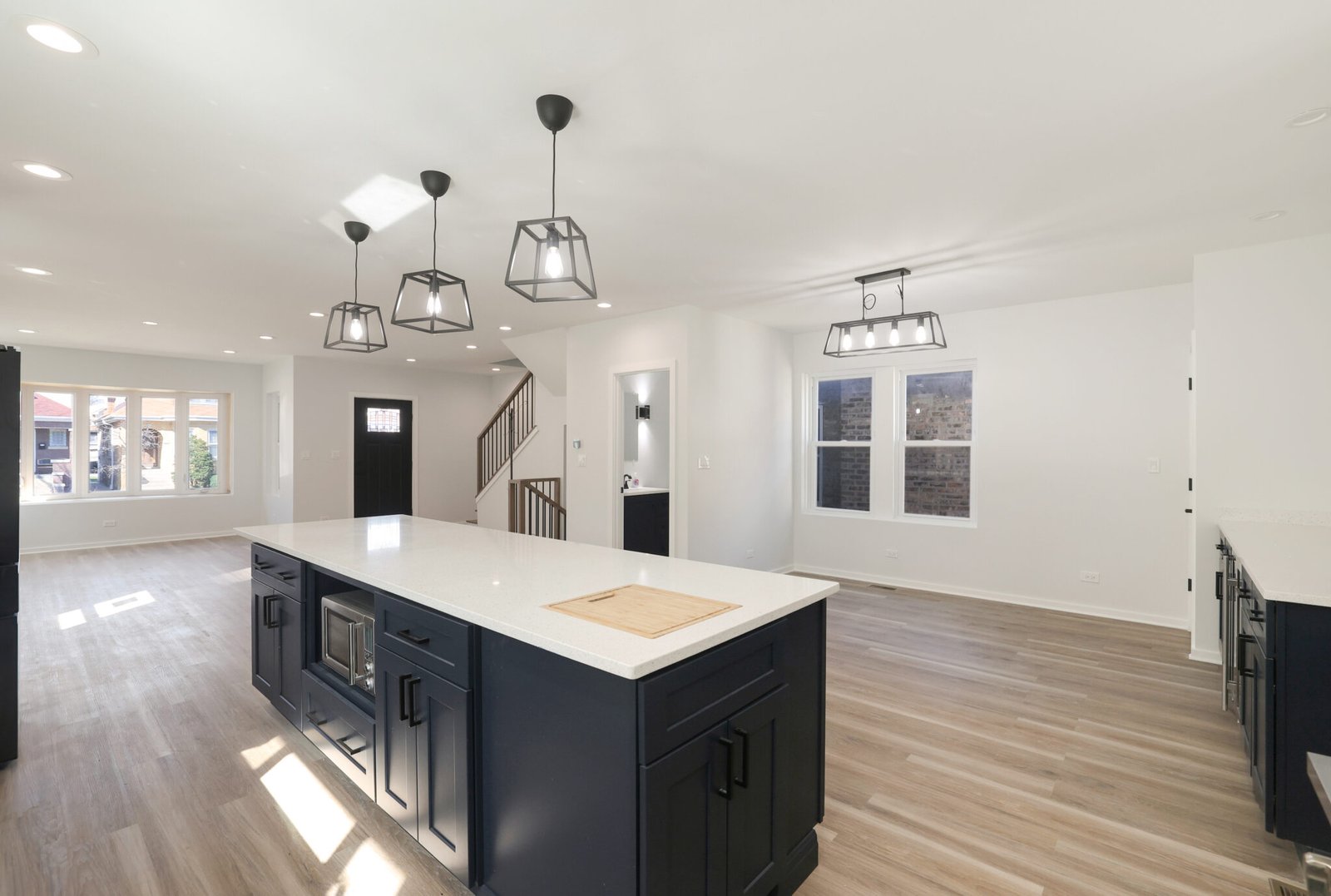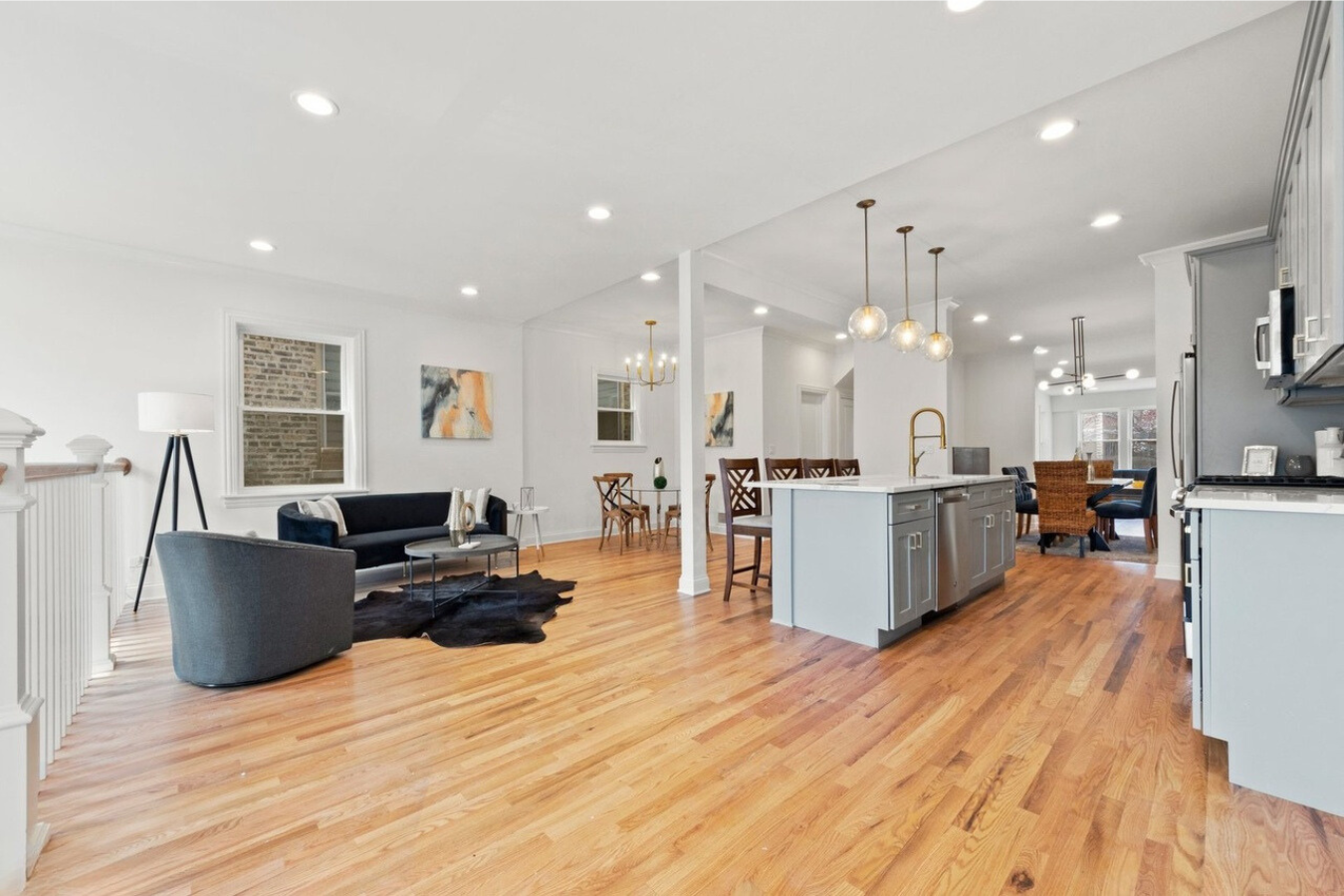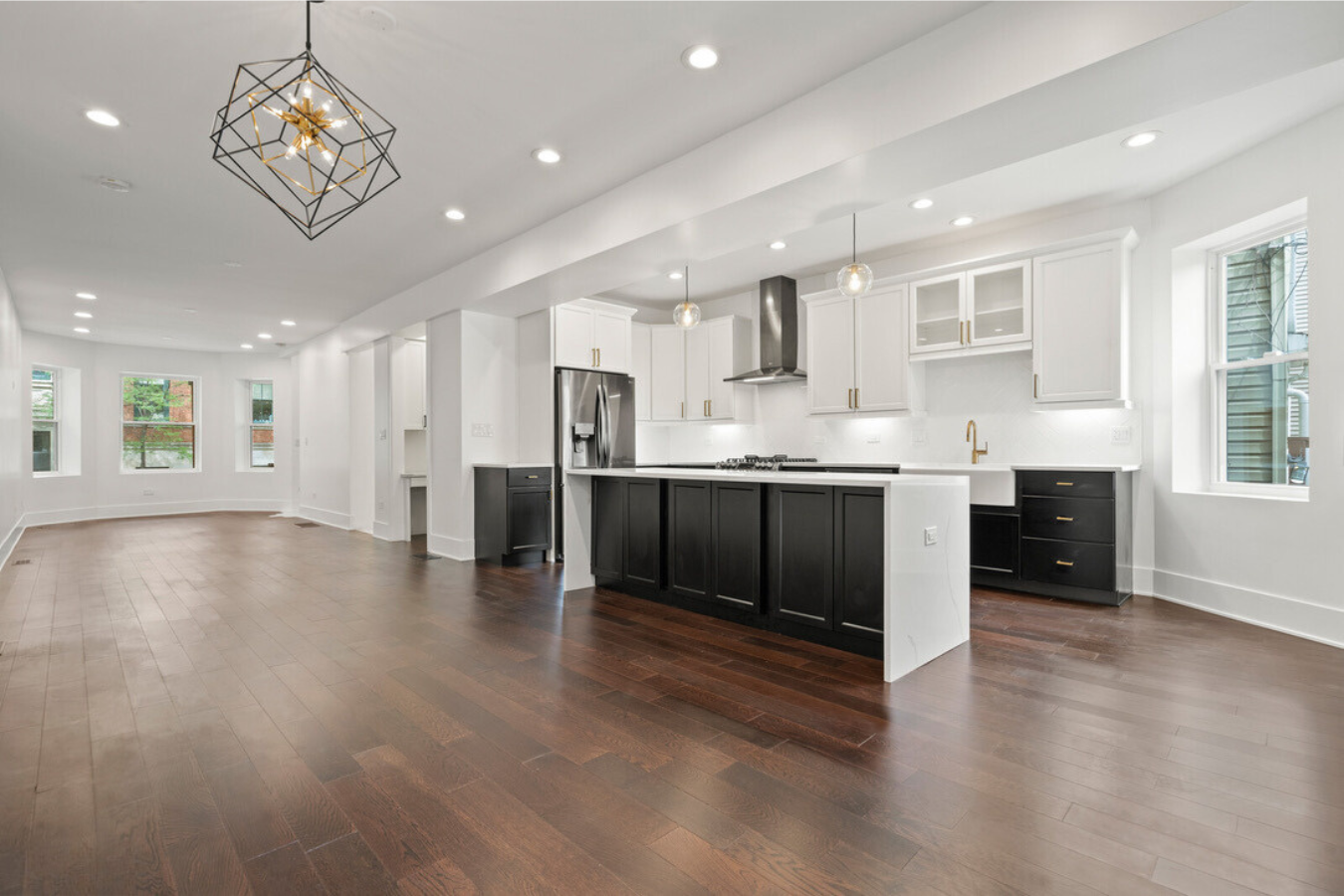
Overview of Siding Materials for Residential Homes: What Are Your Options?
When it comes to improving your home’s exterior, choosing the right siding material is a decision that affects aesthetics, energy efficiency, durability, and overall return on investment. In fact, a well-planned exterior-remodeling project, often supported by experts like pegasus builds, can significantly enhance your home’s curb appeal and functionality. You have a variety of options available on the market—from fiber cement and vinyl to wood, composite, metal, and stone veneer siding. In this article, you will explore the major siding materials available for residential homes, understand their benefits and drawbacks, and learn how to comparatively assess them. By setting a strong foundation in the basics of siding materials, you will be empowered to make a well-informed decision to suit your home’s architecture and environmental conditions.
Advances in construction materials and installation methods mean that modern siding options are capable of withstanding extreme weather conditions, resisting moisture and pests, and even reducing energy loss. With an emphasis on long-term performance and aesthetic appeal, siding is more than just a protective covering—it is a defining element of your home’s character. In the following sections, you will learn not only the technical properties behind each material but also how they can improve your home’s appearance and efficiency. Let’s begin by understanding what drives the popularity of siding materials and why they are an essential part of residential home improvement.
How Does Fiber Cement Siding Benefit Residential Homes?
Fiber cement siding is a composite material made from a mixture of cellulose fibers, cement, sand, and water. It is engineered to mimic the appearance of wood while offering superior durability. The first sentence: Fiber cement siding provides excellent resistance to extreme weather, pests, and decay, making it a preferred option for homeowners looking for longevity and low maintenance.
Fiber cement siding is renowned for its strength and resilience. Studies have found that homes with fiber cement siding can experience up to 30% lower maintenance costs over a 20-year period compared to those with traditional wood siding (Yoon, 2019 – source). Its dense composition not only enhances durability but also contributes to superior fire resistance, an important factor for many homeowners concerned about safety and insurance costs.
Key features include: – Durability: Resists rot, pest damage, and warping. – Aesthetic versatility: Offers the appearance of wood, stucco, or stone. – Maintenance: Requires less frequent painting and repairs. – Environmental Impact: Though it uses cement, many manufacturers now incorporate recycled materials to reduce the carbon footprint.
When you compare fiber cement siding to other materials, its balanced performance, robust longevity, and fire-resistant properties stand out. In addition, improvements in resin and polymer additives have enhanced its moisture resistance even further. As a result, fiber cement siding is an excellent investment if you are looking for an option that supports both curb appeal and long-term value.
What Are the Advantages of Vinyl Siding for Residential Homes?
Vinyl siding has surged in popularity among residential homeowners thanks to its affordability, ease of installation, and low upkeep. Vinyl is a plastic-based material derived from polyvinyl chloride (PVC) that provides excellent insulation and can be engineered in various colors and textures. The direct answer is that vinyl siding offers a cost-effective solution for homeowners seeking a durable, attractive exterior remodeling that does not require extensive maintenance.
The material is resistant to fading, insect attack, and moisture, meaning it is less likely to crack or warp under extreme conditions. According to industry evaluations, vinyl siding can yield up to a 25% decrease in annual maintenance efforts and costs compared with more traditional materials (Smith, 2021 – source). Homeowners appreciate that a simple wash with soap and water is often enough to maintain its
.Some key benefits of vinyl siding include: – Affordability: Lower material and installation costs compared with other premium siding types. – Variety: Available in numerous colors, textures, and profiles. – Easy installation: Lightweight and adaptable to various home designs. – Energy efficiency: Modern vinyl siding is often produced with
, reducing heat loss and lowering utility bills.
Furthermore, vinyl siding is backed by manufacturers with warranties that typically exceed 20 years. When you factor in the return on investment, vinyl siding’s low upfront cost and minimal upkeep provide considerable savings over time. The material’s resilience to common weather problems—such as high winds and heavy rain—makes it practical for many regions while still offering the visual appeal you desire.
How Do Wood and Composite Siding Options Serve Residential Homes?
Wood and composite siding deliver a timeless aesthetic and the warmth of natural materials, yet they have modern enhancements that significantly reduce traditional drawbacks. The concise answer is that wood and composite siding options provide the natural beauty of timber with improved resistance to moisture, pests, and decay when enhanced with modern finishes and treatments.
Traditionally, woodsiding has been a symbol of quality craftsmanship and enduring design. However, untreated wood is vulnerable to rot, termite infestation, and weather-related deterioration. To address these issues, composite siding is manufactured using a blend of reclaimed wood fibers, polymer resins, and other natural materials. This composition not only emulates the look of natural wood but also offers enhanced durability and stability.
Advantages of wood and composite siding include: – Aesthetic Appeal: Natural textures and rich colors are unmatched by synthetic materials. – Customization: Easy to stain, paint, or finish to match your home’s aesthetic. – Environmental Benefits: Composite options can include recycled material, reducing waste. – Thermal Insulation: Wood offers natural insulation, which can contribute to energy efficiency.
Advancements in sealants and preservatives have made modern wood siding much more resistant to moisture and ultraviolet damage. For example, engineered wood siding now often includes factory-applied coatings that protect against insects and mold, resulting in an extended life expectancy that can rival even vinyl or fiber cement under proper maintenance (Green, 2020 – source).
A few lists of care tips for maintaining wood and composite siding include: – Regular cleaning to remove dirt and debris. – Periodic inspections for signs of moisture damage or insect infestation. – Reapplying sealants or stains every 3–5 years to maintain UV resistance.
While DIY enthusiasts appreciate the warmth and customizability of woodsiding, professional installation and periodic maintenance are crucial for long-term performance. Composite siding, in contrast, offers many of the aesthetic benefits of wood with a lower propensity for warping, making it an ideal choice for those seeking a blend of beauty and performance.
What Are the Features of Metal and Stone Veneer Siding for Residential Homes?
Metal and stone veneersiding options represent a shift toward materials that combine ultra-durability with a sleek, modern look. In simple terms, metalsiding (often aluminum or steel) offers high impact resistance and low maintenance, while stone veneersiding provides an elegant, natural look at a fraction of the cost of natural stone.
Metal siding is particularly noted for its strength. It resists dents, cracks, and other forms of physical damage caused by high winds, hail, or debris. Additionally, metal siding has excellent thermal properties when used with proper insulation and reflective coatings. This can support significant energy savings by reducing heat gain in warmer climates and retaining heat in cooler conditions. For instance, steel siding has been shown to offer a 15% improvement in impact resistance compared with traditional materials (Johnson, 2018 – source).
Stone veneersiding, on the other hand, is created by adhering thin slices of stone, such as granite or limestone, to a substrate. Although it mimics the strength and beauty of natural stone, stone veneer is much lighter and easier to install. It resists water absorption, mold growth, and fluctuating humidity levels—critical factors in preventing water damage and ensuring longevity. Stone veneer can enhance your home’s curb appeal by adding textured, dynamic surfaces that work exceptionally well with contemporary and traditional architectural styles alike.
Key attributes of metal and stone veneer siding include: – Low Maintenance: Both materials require little upkeep beyond occasional cleaning. – High Durability: Exceptional resistance to impact, moisture, and UV damage. – Aesthetic Flexibility: Modern metal siding can be painted or textured, while stone veneer offers natural elegance. – Energy Efficiency: Reflective coatings on metal siding help deflect heat, reducing energy costs. For more information about
, please contact us.
A combined list of factors that offer benefits for both types: – Impact and weather resistance – Longevity with warranties often spanning 30–50 years – Compatibility with insulation systems for improved energyefficiency
For homeowners who seek an exterior that combines durability with design sophistication, metal and stone veneer coatings offer a path to superior aesthetic outcomes and long-term performance.
How Can You Comparatively Assess Siding Materials for Residential Homes?
When it’s time to compare siding materials for your home, the process involves weighing multiple factors including installation cost, maintenance demands, energyefficiency, durability, aesthetic versatility, and environmental considerations. The quick answer is that a comprehensive comparison should address upfront cost, expected lifespan, maintenance frequency, and long-term value.
To help you better understand the trade-offs, consider the following detailed table comparing key attributes of popular siding materials:
Table: Comparative Assessment of Siding Materials for Residential Homes
| Siding Material | Installation Cost (USD/sq.ft.) | Lifespan (Years) | Maintenance Frequency | Energy Efficiency Benefits | Environmental Impact |
|---|---|---|---|---|---|
| Fiber Cement | 6–10 | 30–50 | Low; repaint every 15–20 yrs | High thermal mass; fire resistant | Moderate (improved with recycled content) |
| Vinyl | 3–7 | 20–40 | Minimal; annual cleaning | Insulated backings available | Low (recyclable but petroleum-based) |
| Wood/Composite | 5–12 | 20–40 | Moderate; regular sealing | Natural insulation from wood | High (if sustainably sourced; composite may use recycled materials) |
| Metal (Aluminum/Steel) | 7–15 | 40–70 | Minimal; occasional repaint | Reflective coatings reduce heat gain | Moderate (recyclable) |
| Stone Veneer | 10–20 | 50+ | Minimal; periodic cleaning | Excellent thermal barrier | Low to Moderate |
Before you decide, ask yourself these questions: – What is my budget for material and installation costs? – How important is energyefficiency and reduced utility cost? – Do I prefer the natural warmth of wood or the modern finish provided by metal or stone? – How much maintenance am I willing to commit to over the lifespan of the siding? – What environmental considerations influence my choice—sustainability, recyclability, or green manufacturing processes?
For example, if your priority is a low-maintenance exterior that also offers high energyefficiency, vinyl siding with insulated backing might be ideal. Conversely, if you prefer an upscale appearance and are willing to invest a bit more upfront, stone veneer can add a timeless, luxurious feel that lasts for decades.
In addition, factors such as your home’s architectural style, local climate, and even regional building codes can influence the best choice for siding materials. It is recommended to consult with experts—as experienced remodelers have done for over 20 years—to achieve the best balance of functionality, beauty, and long-term return on investment.
Frequently Asked Questions
Q: What siding material offers the best energy efficiency? A: Fiber cement and vinyl siding with insulated backings both offer excellent energy efficiency. Fiber cement’s thermal mass and the additional insulation available with vinyl can help reduce energy costs. However, your best option depends on your local climate and home design.
Q: How often do siding materials need maintenance? A: Maintenance frequency varies by material. Vinyl siding typically requires only an annual cleaning, while fiber cement may need repainting every 15–20 years. Wood siding and composite options usually require more frequent sealing or staining to protect against weather and pests. Exterior remodeling is an important aspect of home maintenance.
Q: Is fiber cement siding more expensive than vinyl? A: Yes, fiber cement siding generally has a higher initial installation cost compared to vinyl. However, its durability and longevity may yield long-term savings, reducing maintenance and replacement costs over time.
Q: Can metal siding be painted or customized to match my home’s appearance? A: Absolutely. Metal siding is highly versatile and can be painted in a myriad of colors or finished with textures that complement your home’s architectural style, while also benefiting from reflective coatings that enhance energy efficiency.
Q: How do composite wood siding options compare to natural wood? A: Composite siding offers the natural aesthetics of wood with enhanced resistance to moisture, decay, and pests. It is engineered for stability, reducing concerns regarding warping or shrinking that can affect traditional wood, while also potentially incorporating recycled materials for an eco-friendly solution.
Q: What environmental factors should I consider when choosing siding? A: Consider the sustainability of the materials, the environmental impact of production, recyclability (especially for vinyl and metal), and energy efficiency. Materials like sustainably sourced wood or composite siding with recycled content are better for the environment, while recycling programs for vinyl and metal further enhance their green credentials.
Q: How can I determine the best siding material for my home’s architectural style? A: Assess your home’s design elements, regional climate, and your long-term maintenance expectations. Consultation with a professional remodeler can provide personalized recommendations, ensuring that the chosen siding material not only improves the home’s exterior but also harmonizes with its overall style and enhances its market value.
Key Takeaways
- Diverse Options: Residential siding materials include fiber cement, vinyl, wood/composite, metal, and stone veneer—each with unique benefits.
- Balanced Comparison: While upfront costs vary, factors like durability, energy efficiency, and maintenance requirements are critical for long-term value.
- Customization: You can tailor your siding choice to match your home’s architectural style and environmental conditions for improved aesthetics and performance.
- Expert Guidance: Consulting experienced remodelers can help optimize your siding decision and ensure the best return on investment.
Final Thoughts
Selecting the right siding material for your residential home requires a careful balance of budget, maintenance, durability, and aesthetic appeal. By considering the major types—from fibercement and vinyl to the natural elegance of wood and the modern look of metal and stone veneer—you can make a decision that enhances your home’s appearance and performance for decades to come. Keep in mind that the best siding option for you will align with your local climate conditions and personal style preferences. With expert advice and a clear understanding of available options, you are well on your way to transforming your home’s exterior into a resilient, energy-efficient, and visually appealing space.





